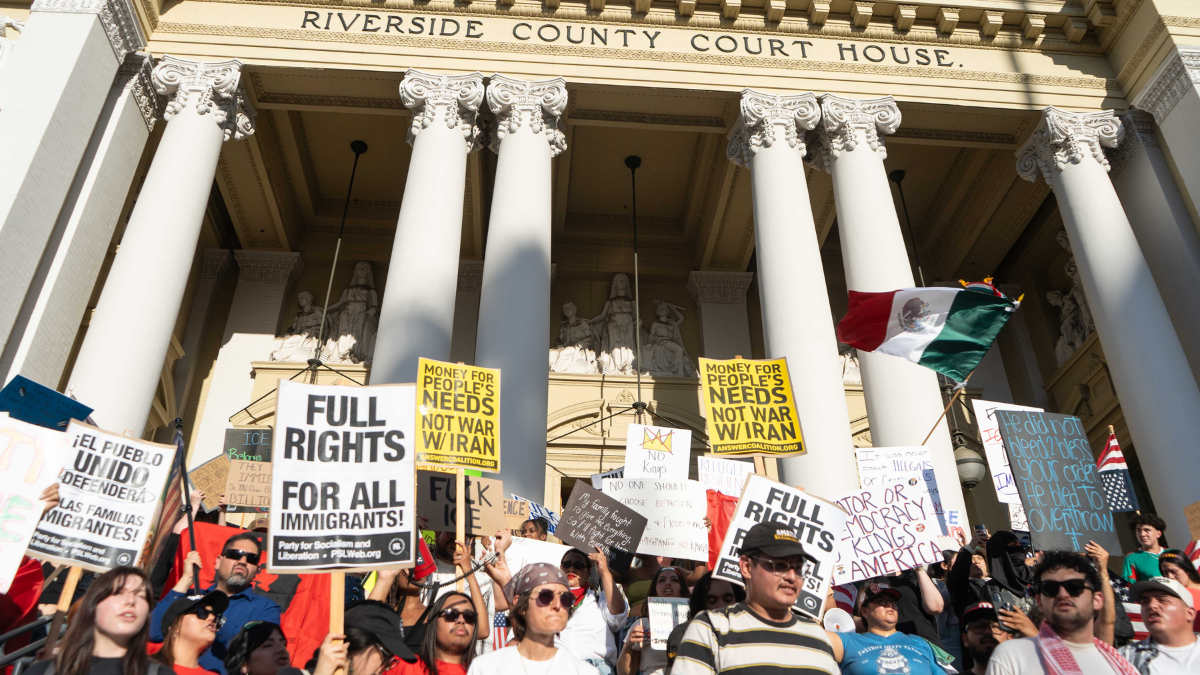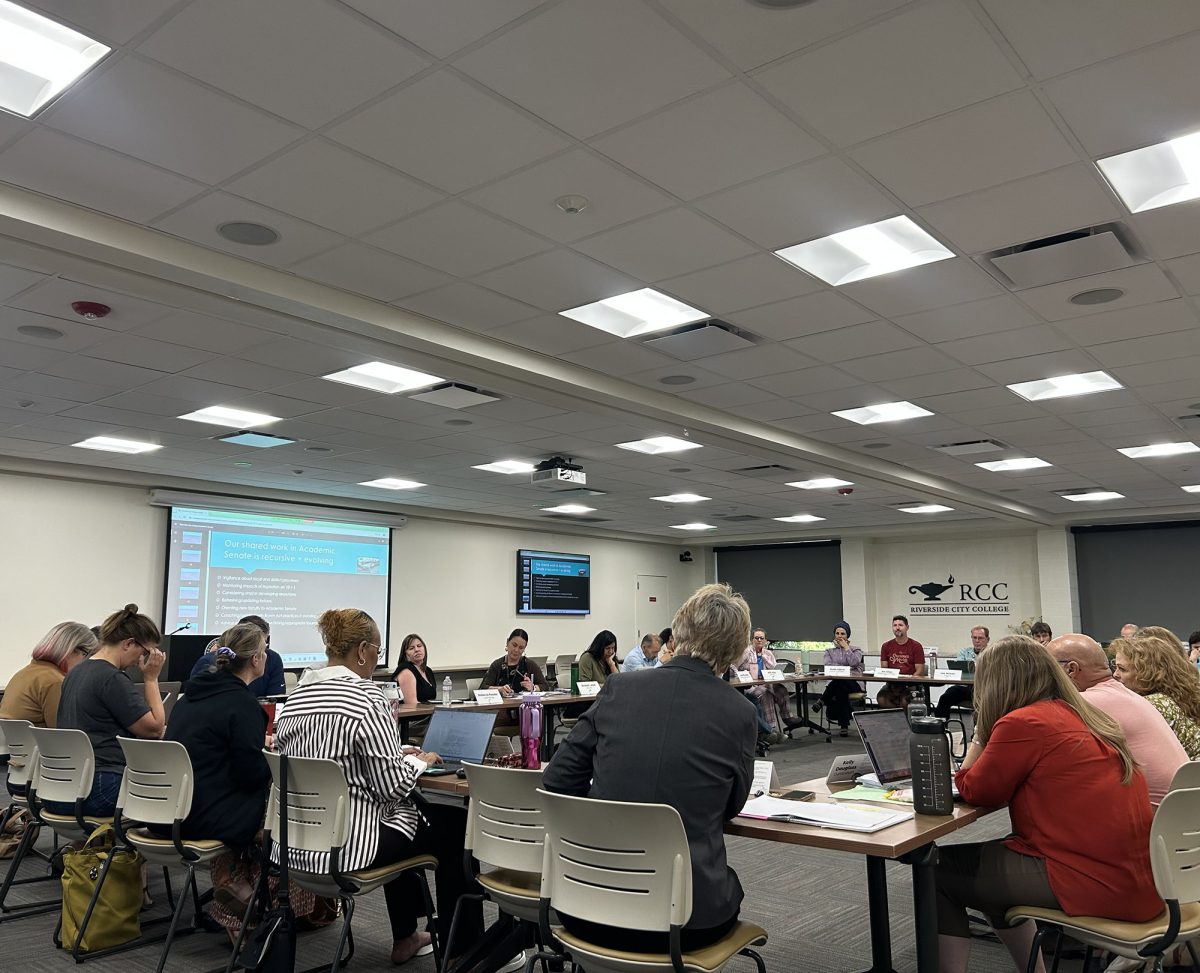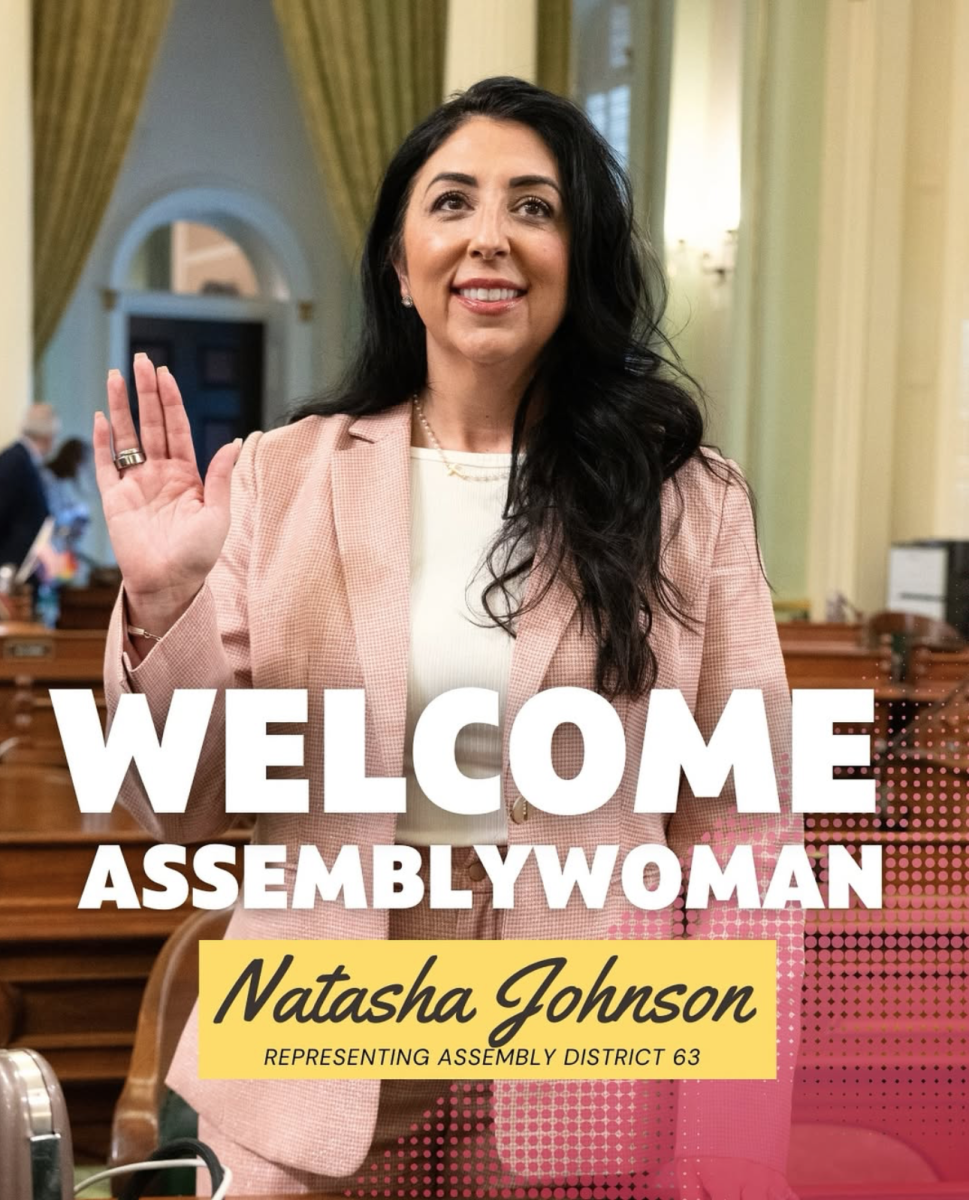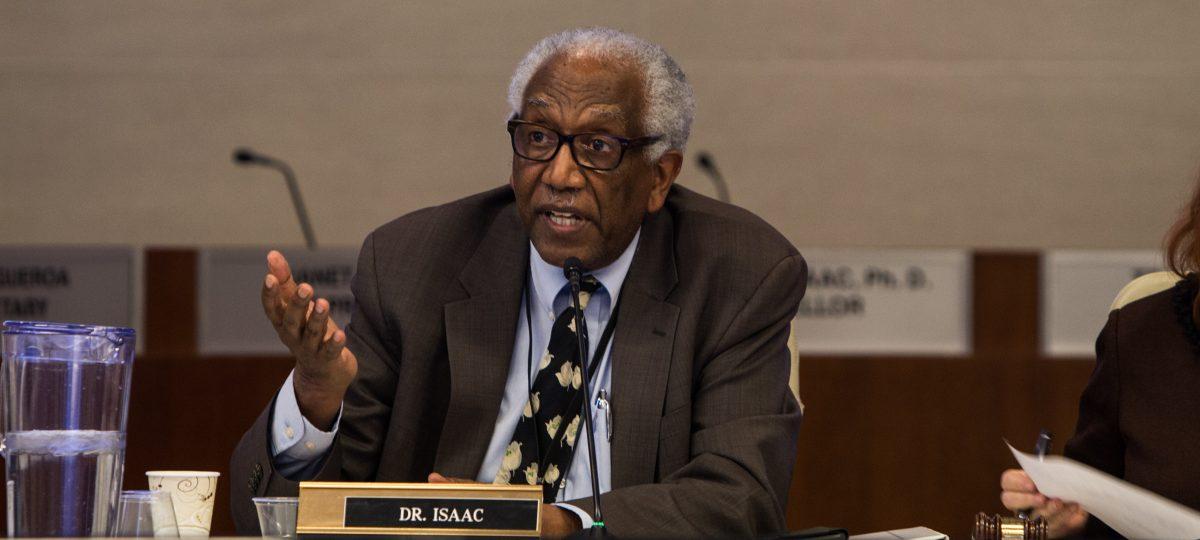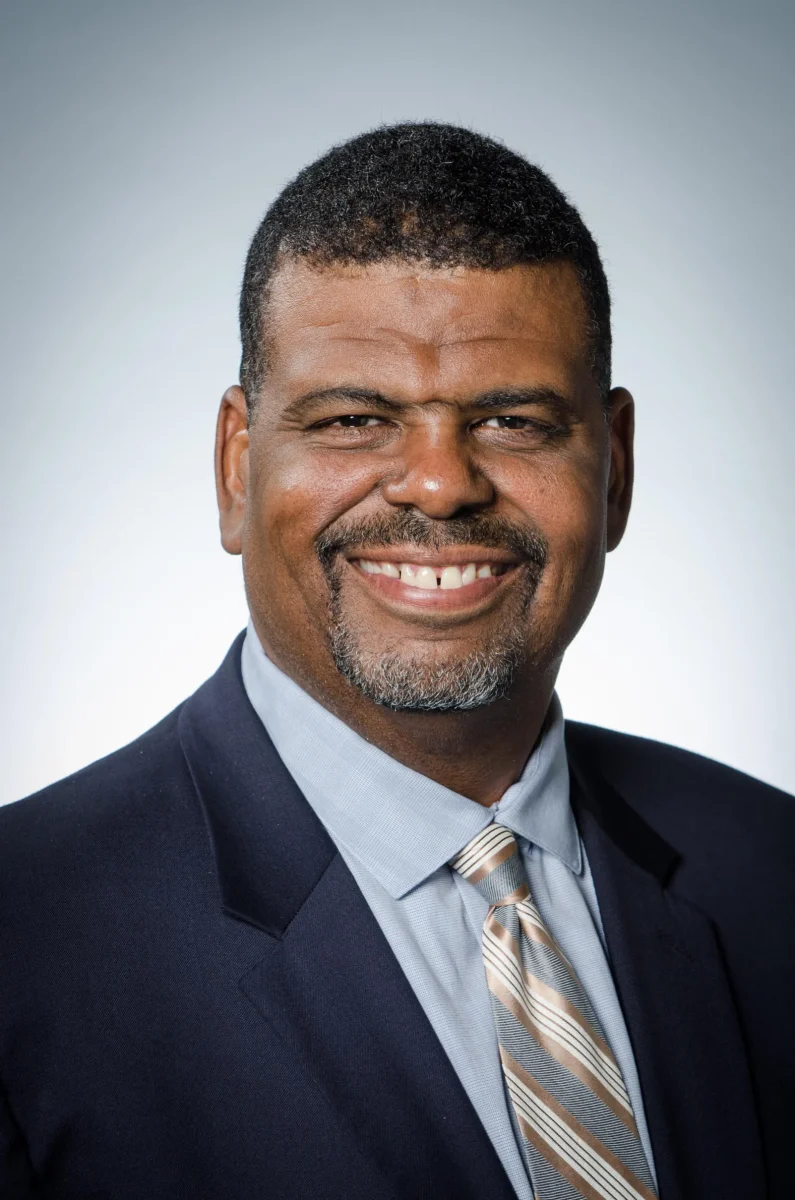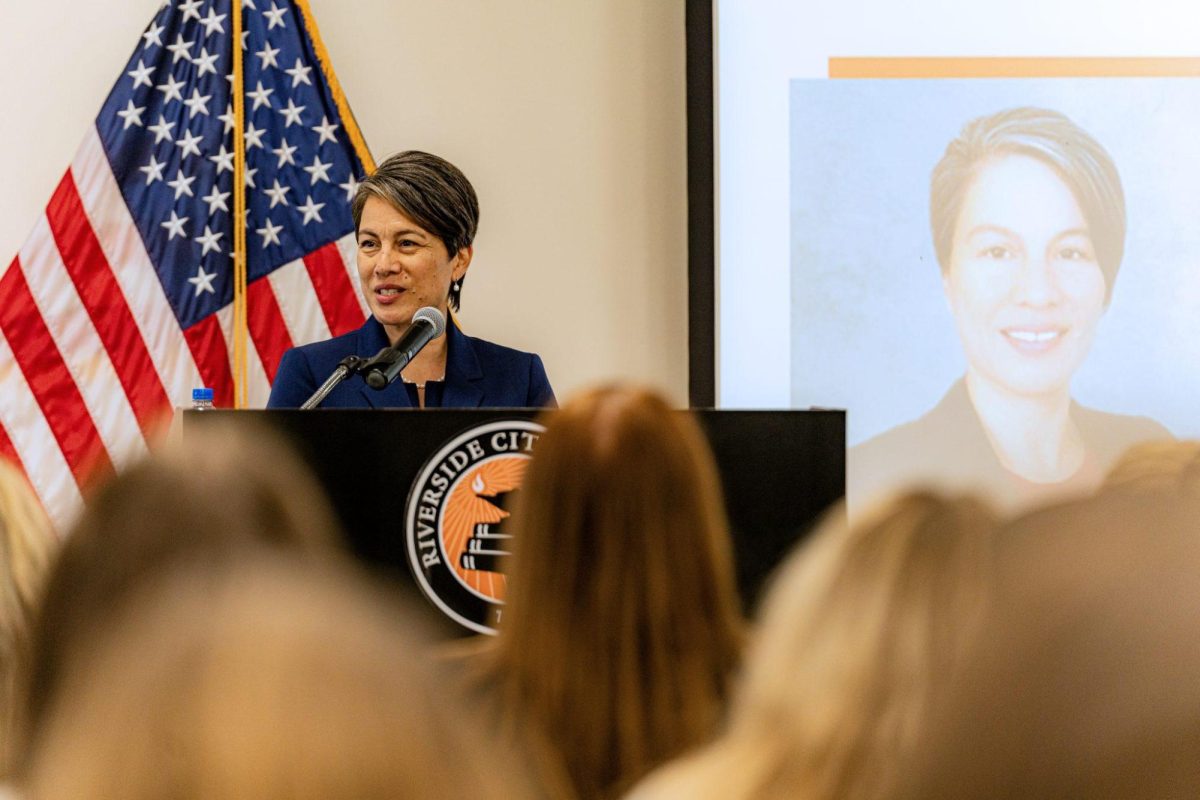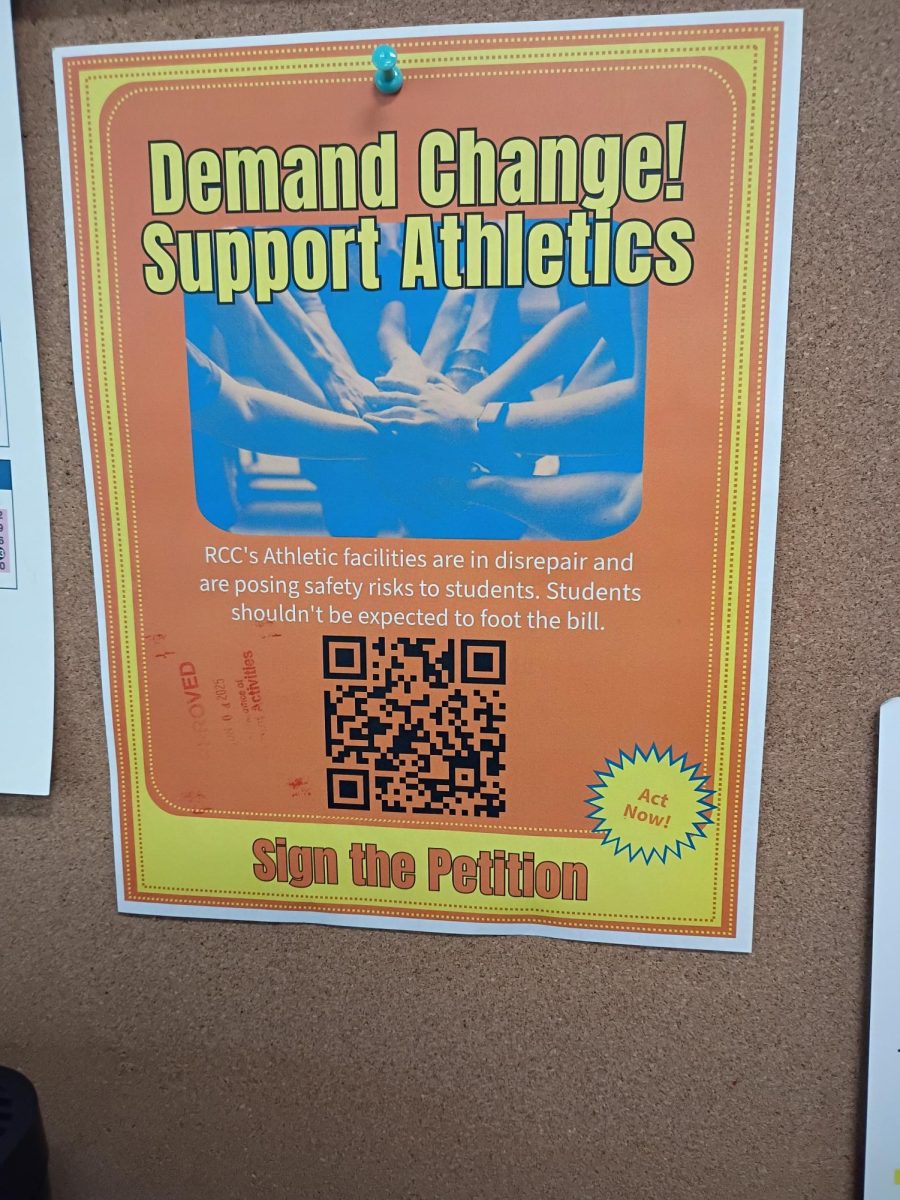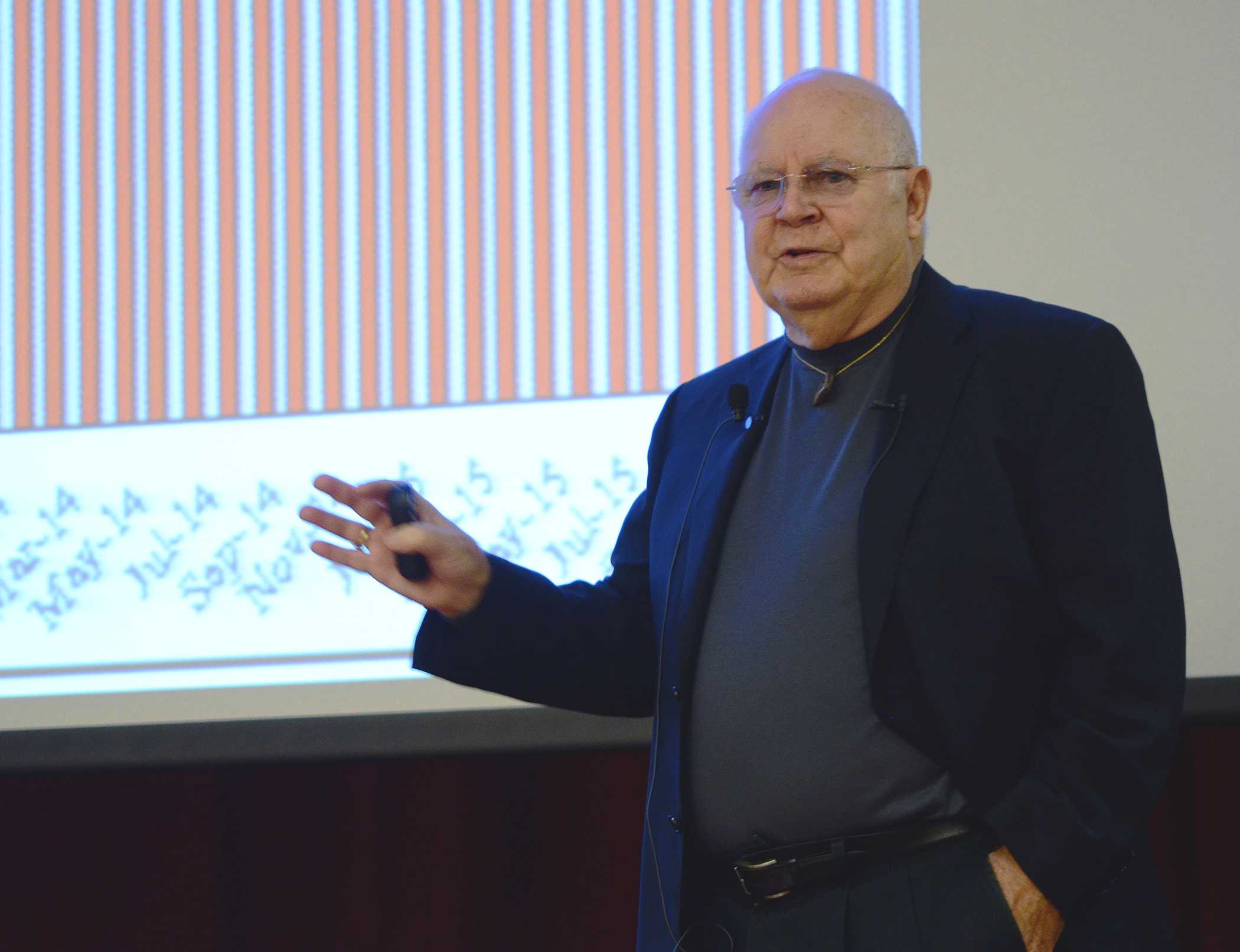
Written by Taven Strickert
Chief analyst for Economics and Politics, Inc. John Husing, spoke at Riverside Community College on March 8 at 12:50 p.m. about the economic realities of the Inland Empire.
He also shared his thoughts on how the situation can be improved while still addressing the major environmental opposition.
Dino Buenviaje, RCC faculty member and lecture attendee shared his views on the topic of Husing’s speech.
“I’m looking forward to hearing what he has to say about the state and future of our area,” Buenviaje said. “He seems well informed and I think it’s important for students to learn about the situation of the area where they live.”
Husing first focused on the state of our national, state and county economy. He addressed the factors that greatly affect the economy of the Inland Empire such as the cost of petroleum.
“Prices are down to the levels of 2003,” Husing said. “Which is really good for an area like ours which is poor so if we can lower the cost of something this major which is not just for gasoline,but also in almost anything we can think of.”
To illustrate the value of the dollar, another factor that shapes national and local economies, Husing used the example of his favorite wine called Montrachet.
“The value of the dollar has soared in the last two years by 28 percent…The Montrachet two years ago would cost $4000…Now that bottle is $2,878,” he said.
“Our mood as consumers or our consumer confidence impacts the economy. On a scale of a 100, our consumer confidence at the onset of the Great Recession was about 21,” Husing said.
“Now it is over a hundred showing that we are very optimistic about the state of the economy,” he said.
As consumers, everyone plays their part in the economy and if one feels unconfident in their purchasing ability then they will not buy products which in turn hurts the business owner and finally the employee and consumer will suffer due to the cycle, according to Husing.
As the economy has grown and jobs have been added many students are concerned about the quality of the jobs added which Husing addresses.
“In the Inland Empire the percentage of jobs added that were high paying were about 2.1 percent,” Husing said. “You are supposed to change this by going to college…to create a labor force that can attract those high paying jobs.”
“Blue collar jobs…make up about 39.4 percent of the new jobs created,” he continued.
This is the leading argument Husing made for logistics and warehouse jobs being created in the IE.
“The key to the economy is the level of education of the adult population…Riverside county, 45.7 percent is high school educated or less,” according to Husing, which he said contributes to his support of such work which is tailored to the skills of the region.
On the issue of the environmental factors of such factories and warehouses, Husing made his opinions clear.
“The State’s environmental policies are essentially stopping the growth of manufacturing and logistics” fields that, as Husing had stated, were essential to the IE’s economy.
Logistics in particular is “key” to the IE’s future as Husing put it which creates a problem of more trucks on the road and more pollution.
In 2007 the state government changed the law on the types of engines trucks used which has brought California from 120 days over the Federal standard to 5.3.
“Of course it would be ideal for that number to be zero, but we have improved dramatically,” said Husing.
Husing has been a leading proponent of the new World Logistics Center in Moreno Valley.
Asher Jones,RCC student and member of the Sierra Club and other environmental and activist groups, attended the lecture to protest the building of new warehouses and factories that lead to more pollution as well as the connection of big oil to local legislation.
“The center would be detrimental to the environment and will not bring the jobs that it predicts,” Jones said.“The pollution does not just affect the area, the water runoff from rain spreads it to the surrounding areas like Santa Ana.”
Jones and other activists in the area worry that the pollution created by warehouses like the Skechers building is a good indicator of the damage that the Logistics center may do.
“Fifteen people die a day due to pollution related causes in the Inland Empire,” according to Jones and the numbers gathered by the Sierra Club a prominent environmental group.
Husing had some answers to these concerns, though they seem to not have satisfied the worries of members of the Sierra Club.
“People like Husing can’t be saved, they are just in the pockets of companies like big oil,” said Jones
The World Logistics Center is an ongoing project for the Inland Empire, but it still faces opposition from those who worry about the environment and the quality and permanence of the jobs being created.
“Environmental perfection should not be the goal when the downside coming is the increased poverty,” said Husing. “There is a greater willingness of the people here to put up with logistics centers and manufacturing as an aid to economic growth.”

